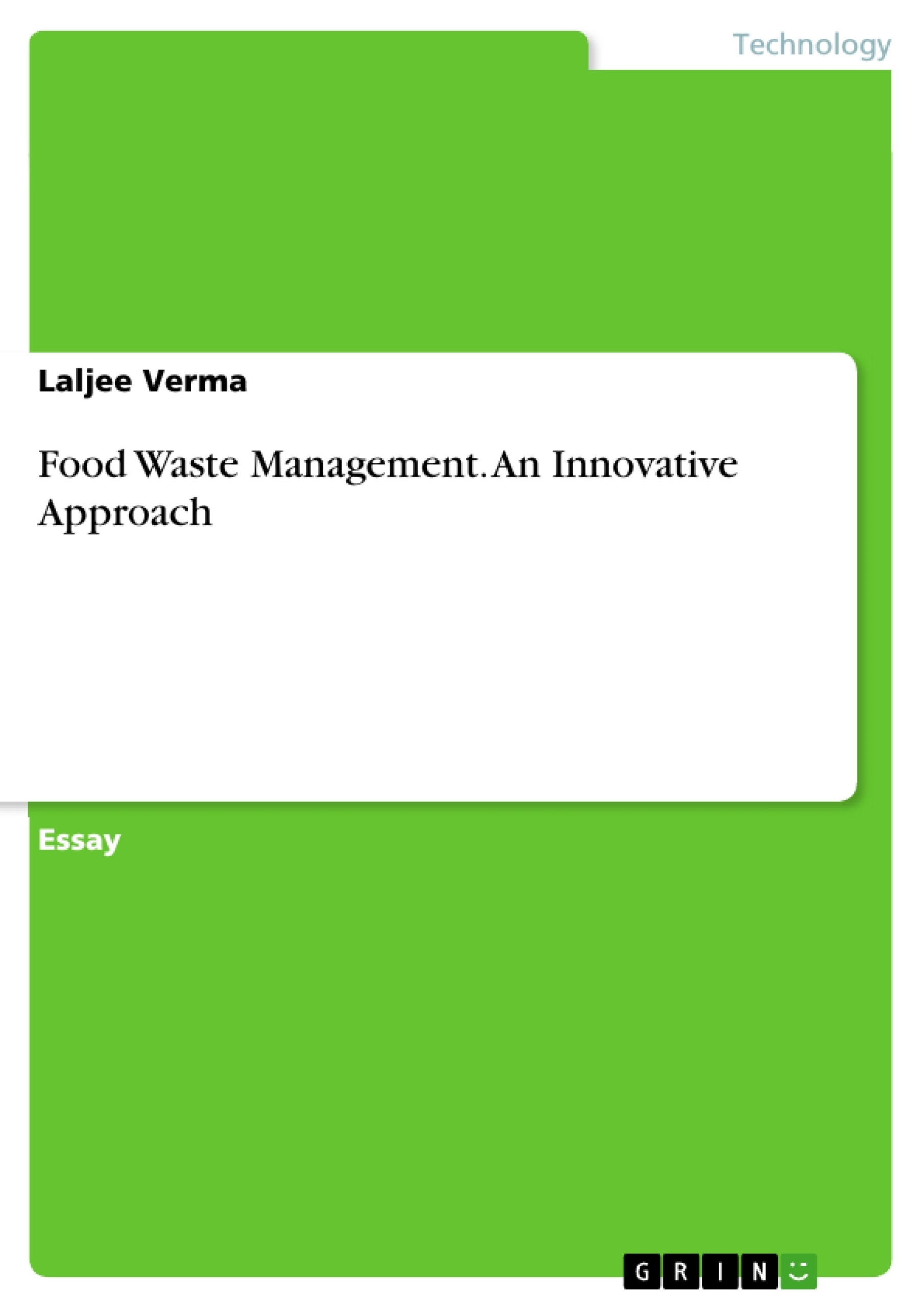Abstract or Introduction
Biodegradable component of municipal solid waste (MSW) may vary but generally is about 60 %, and food waste is about 60 % of the biodegradable component. In a city like Delhi, a total of 8000 MT day -1 MSW is generated (CPCB 2012) and food waste may account for about 2700 MT. Food waste is generated by households, hotels and restaurants etc, and market places. Due to deficient collection and ineffective monitoring and control, food waste is thrown on the street and footpaths, eventually being swept away in drains causing choking of drains and eutrophication. Cooked food to the extent of 40 – 60 % is wasted in different countries, and India is no exception. Putrefying food waste attracts flies, rodents, rats, dogs, birds, and all sorts of scavengers, emit foul smell, and causes environmental degradation. Flies are a known vector of many communicable diseases. Birds get attracted to the putrefying waste by itself, as well by the maggots which may breed in the putrefying food waste. Bird hits are a common cause of aircraft disability, including disasters. Current system of collection transportation and disposal by composting has not been successful in any urban locality in India. Composting require large area of land (not easily available). Treated compost by compost machines also require storage for curing for a period, at least for 7-10 days before it can be used as manure. Energy recovery requires sophisticated equipment, and transfer of the waste in shortest possible time so that energy content in food waste does not get dissipated, and may be a factor for climate change. As per Indian rules (MSW Rules 2000), food waste is to be composted and not sent to landfill. Considering the inadequacy in proper food waste management, and its damaging fallout on the environment and human health, a system of food waste management by application of thermal energy, a non- burn process has been developed and tested. Putrefaction process in the food waste is arrested by destroying the enzymes, and the end product can be used as manure or source of fuel, as the treated waste retains nutrients and calorific value. Advantages are that it is environment friendly process; end products are reusable, and the saves on carbon dioxide and methane emission, essential part of burn technology. Being non- burn process it qualifies for carbon credit.
- Quote paper
- Laljee Verma (Author), 2017, Food Waste Management. An Innovative Approach, Munich, GRIN Verlag, https://www.grin.com/document/369733
Publish now - it's free






















Comments